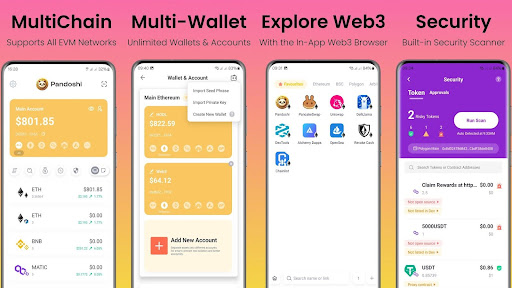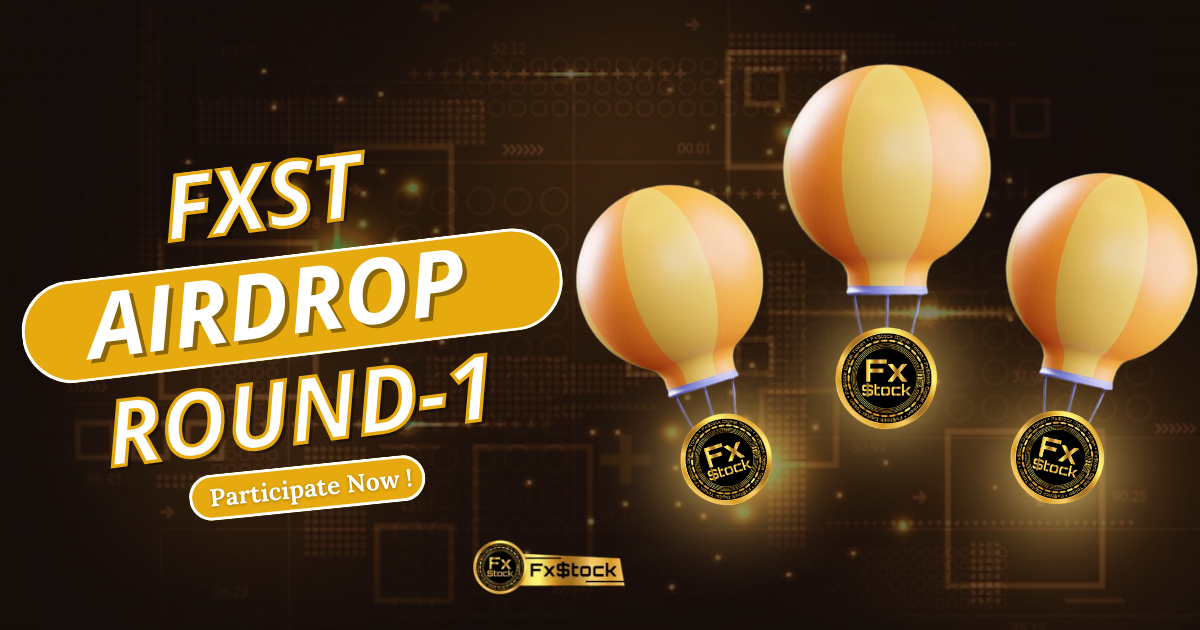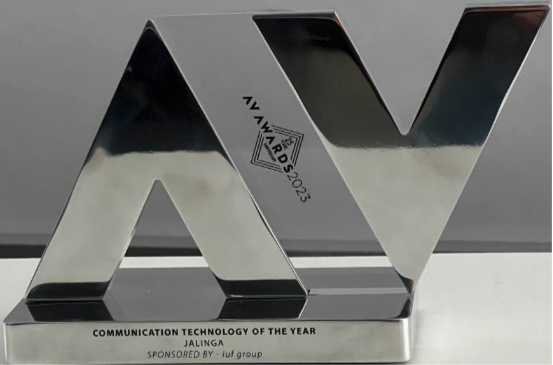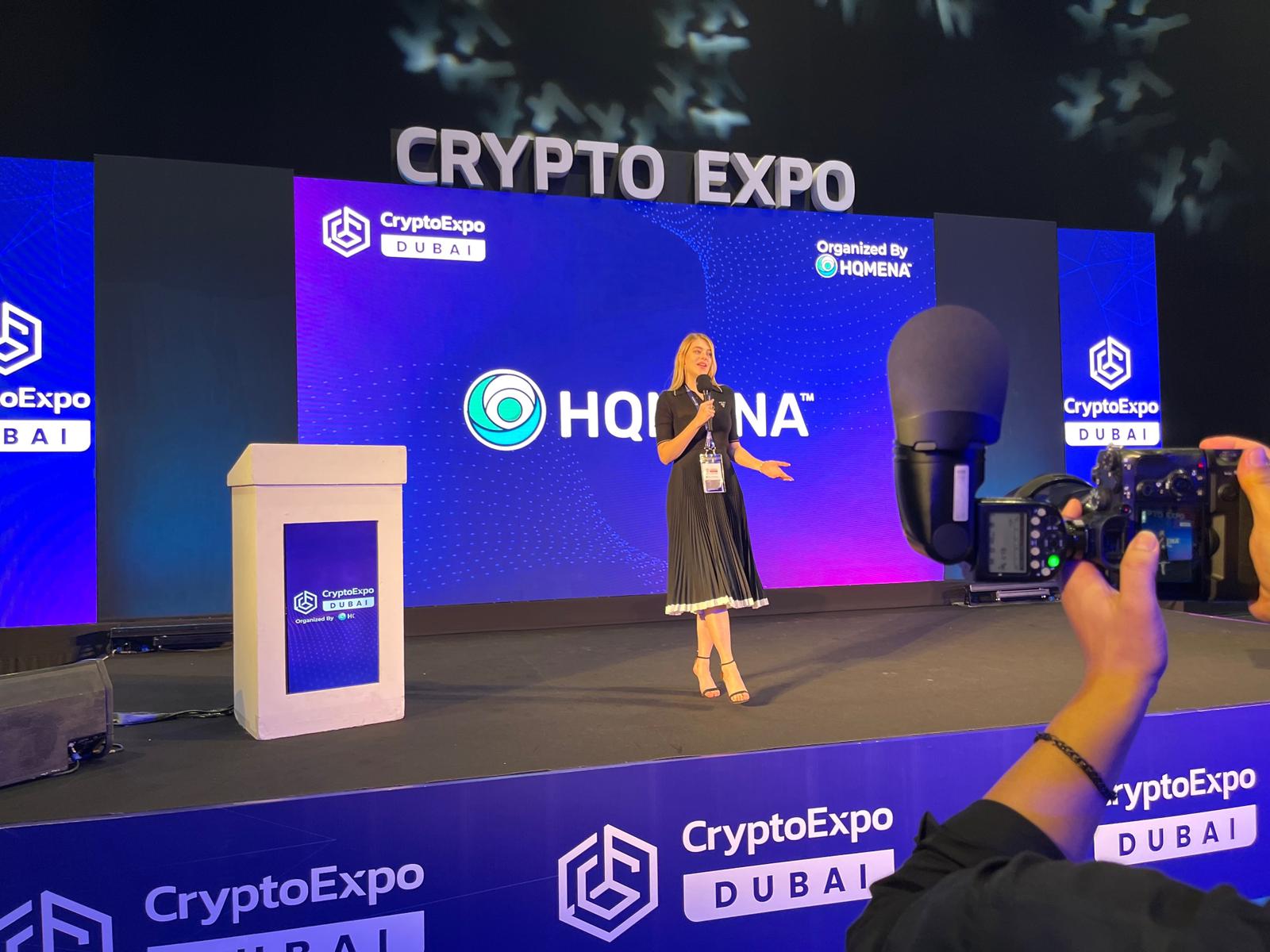- Multistakeholder and inclusive frameworks required to fill estimated $3 trillion in funding gaps to reach net-zero and restore biodiversity.
- 1,300 CEOs & philanthropy leaders convened at the inaugural COP28 Business & Philanthropy Forum
Davos, 18th January 2024, At a special session hosted at the World Economic Forum (WEF) annual meeting in Davos, public, business and philanthropy leaders gathered to highlight the role that philanthropic, family office capital and development finance can play in helping to transform market practices to fast track a net-zero, nature positive economy.

The session convened business and policy leaders including Secretary John F. Kerry, U.S. Special Presidential Envoy for Climate, Ray Dalio, Founder of Bridgewater Associates, Mafalda Duarte, Executive Director of Green Climate Fund, Desmond Kuek, CEO of Temasek Trust, Mahktar Diop, Managing Director of International Finance Corporation (IFC) and Badr Jafar, COP28 Special Representative for Business & Philanthropy and CEO of Crescent Enterprises.
The event opened with remarks from Secretary John F. Kerry, who spoke to the challenges and opportunities in meeting climate goals, and the role that private capital can play as market drivers to innovate and create sustainable solutions. He commented that, as a result of the combined outcomes of COP28, “We are in better shape to take this (climate) issue to where it needs to go than we have ever been.”
The plenary discussion, moderated by David Gelles, Correspondent for Climate, The New York Times, highlighted the historic outcomes of COP28 UAE, and the need for all stakeholders to come together to deliver on the UAE Consensus. Limiting warming to 1.5°C and transitioning the planet to an equitable climate and nature positive future by 2050 will require systemic shifts – from how food is grown, and power is generated to how goods are transported, and cities are built. Business and philanthropic capital have unique roles to play to scale acceleration for climate action.
Badr Jafar, who chaired the inaugural COP28 Business & Philanthropy Climate Forum, commented: “One theme consistently highlighted at the Business & Philanthropy Climate Forum, where more than 1,300 business and philanthropy leaders from more than 80 countries convened to unlock USD 7 billion in commitments to climate and nature, is the unique role that the private sector must play, deploying its dynamism, capital, and action networks to accelerate progress towards net zero.”
It is estimated that reaching net zero, reversing nature loss and restoring biodiversity by 2050, will require investments of more than $3 trillion annually. No single funding source will have the capacity to meet climate adaptation and mitigation needs, which is why only through partnerships, elevated ambition and accelerated learning across sectors can this gap be met.
Referring to some of the key COP28 success factors that future COP presidencies can embrace to ensure progress is further accelerated, Badr Jafar said, “COP28 reflected H.E. Dr Sultan Al Jaber’s vision to create a paradigm shift in the way we unite, act, and deliver. Rebuilding trust across sectors and regions of the world required a relentless focus on inclusivity, bringing together record numbers of representatives from business, civil society, youth, academia, indigenous peoples, and faith leaders, combing their respective strengths to deliver the historic action-oriented outcomes at COP28 that has charted a new and vastly improved era for climate and nature action.” He added, “COP28 also demonstrated that multilateralism can still deliver historic results, however it must work for all regions and peoples of the world, not just some. Which is why the central theme put forward by the COP28 Presidency was that the process must leave no one behind.”
The Davos session also witnessed the launch of new initiatives of the World Economic Forum’s Giving to Amplify Earth Action (GAEA), to help accelerate the transition of corporate business models into sustainable practices through Public-Private-Philanthropy interventions.
The discussion was hosted as part of WEF’s climate multi-sector collaborative to unlock the private finance and public funds needed to regenerate the earth systems across nature, ocean, conservation, restoration, air quality, water, food systems, biodiversity, industry decarbonisation and green technology deployment.
A recording of the session can be watched here.
About Crescent Enterprises
Crescent Enterprises is a leading multinational company, growing diversified global businesses that are sustainable, scalable, and profitable. Headquartered in the United Arab Emirates, with business operations in 15 countries, it operates under four enterprise platforms:
- CE-Operates, an operating business platform, focusing on smart infrastructure as the main driver of economic development and growth
- CE-Invests, a strategic investment platform investing in late-stage businesses and private equity funds
- CE-Ventures, a corporate venture capital platform targeting early-stage technology enabled high-growth businesses and venture capital funds globally
- CE-Creates, an internal business incubator, building start-ups that are socially and environmentally conscious
Crescent Enterprises operates with a value system and culture that embraces corporate governance, inclusive growth, and responsible business practices.
http://www.crescententerprises.com
Follow Crescent Enterprises on LinkedIn
Follow Crescent Enterprises on Twitter



























